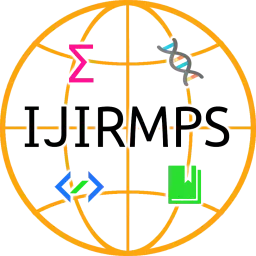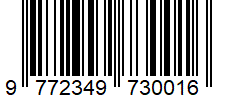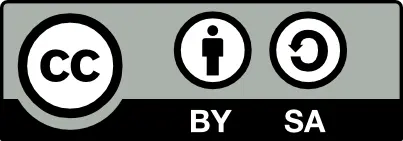Separation of Concerns in Visualization Tool Design: UI, Data Layer, and Analysis Engines
Authors: Nishant Shrivastava
DOI: https://doi.org/10.37082/IJIRMPS.v13.i4.232656
Short DOI: https://doi.org/g9t99s
Country: United States
Full-text Research PDF File:
View |
Download
Abstract: Modern visualization tools process massive volumes of complex, heterogeneous data across engineering, scientific research, and industrial domains. Designing such tools poses significant challenges in scalability, maintainability, and extensibility. This paper advocates a disciplined Separation of Concerns (SoC) approach, decomposing visualization systems into three distinct layers: the User Interface (UI) Layer, the Data Layer, and the Analysis Engine. We discuss the roles and responsibilities of each layer, explore common architectural patterns, and examine how this separation improves modularity, facilitates parallel development, and enables integration with modern deployment models such as cloud computing and microservices. Finally, we survey challenges and best practices, illustrating how SoC contributes to building scalable, maintainable, and adaptable visualization tools.
Keywords: Modern visualization tools process massive volumes of complex, heterogeneous data across engineering, scientific research, and industrial domains. Designing such tools poses significant challenges in scalability, maintainability, and extensibility. This paper advocates a disciplined Separation of Concerns (SoC) approach, decomposing visualization systems into three distinct layers: the User Interface (UI) Layer, the Data Layer, and the Analysis Engine. We discuss the roles and responsibilities of each layer, explore common architectural patterns, and examine how this separation improves modularity, facilitates parallel development, and enables integration with modern deployment models such as cloud computing and microservices. Finally, we survey challenges and best practices, illustrating how SoC contributes to building scalable, maintainable, and adaptable visualization tools.
Paper Id: 232656
Published On: 2025-07-25
Published In: Volume 13, Issue 4, July-August 2025





 All research papers published in this journal/on this website are openly accessible and licensed under
All research papers published in this journal/on this website are openly accessible and licensed under 